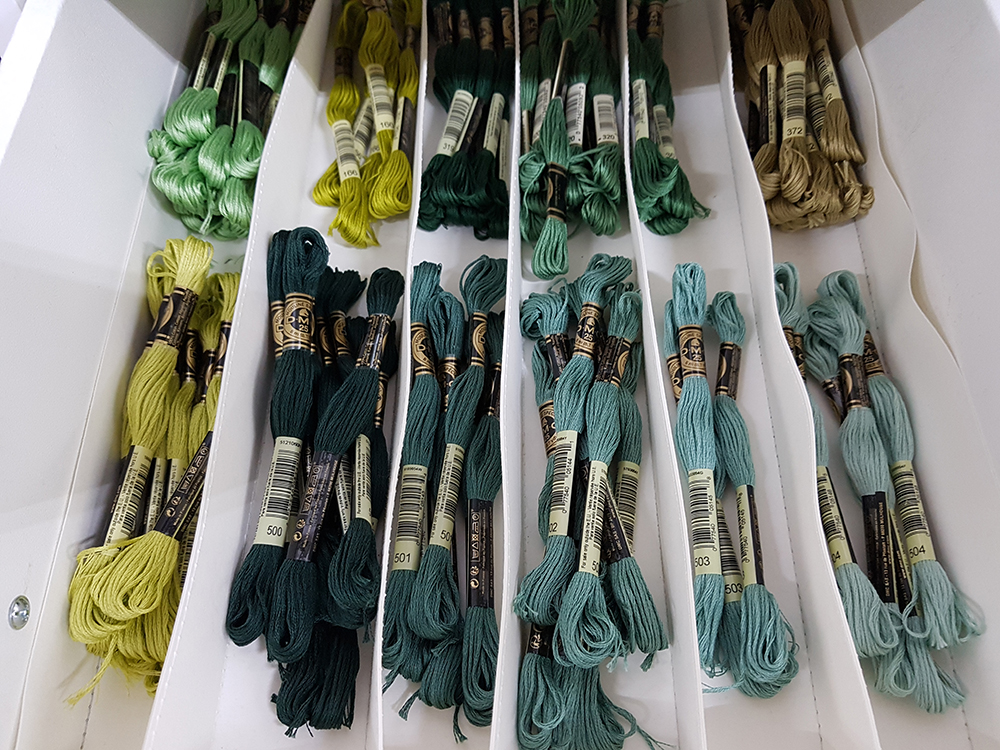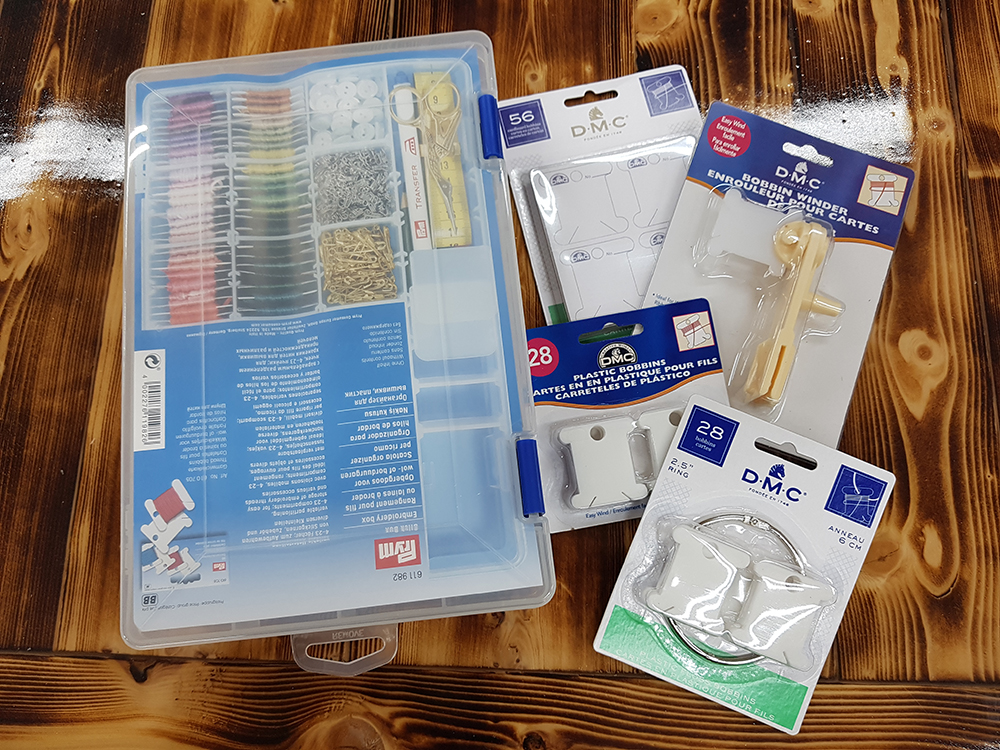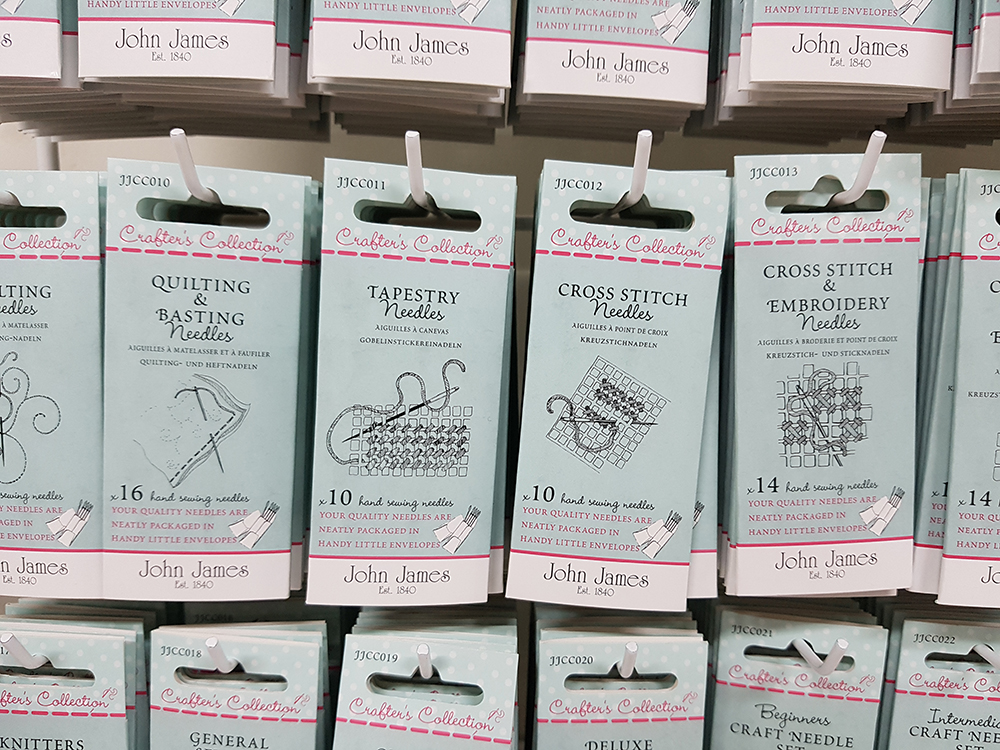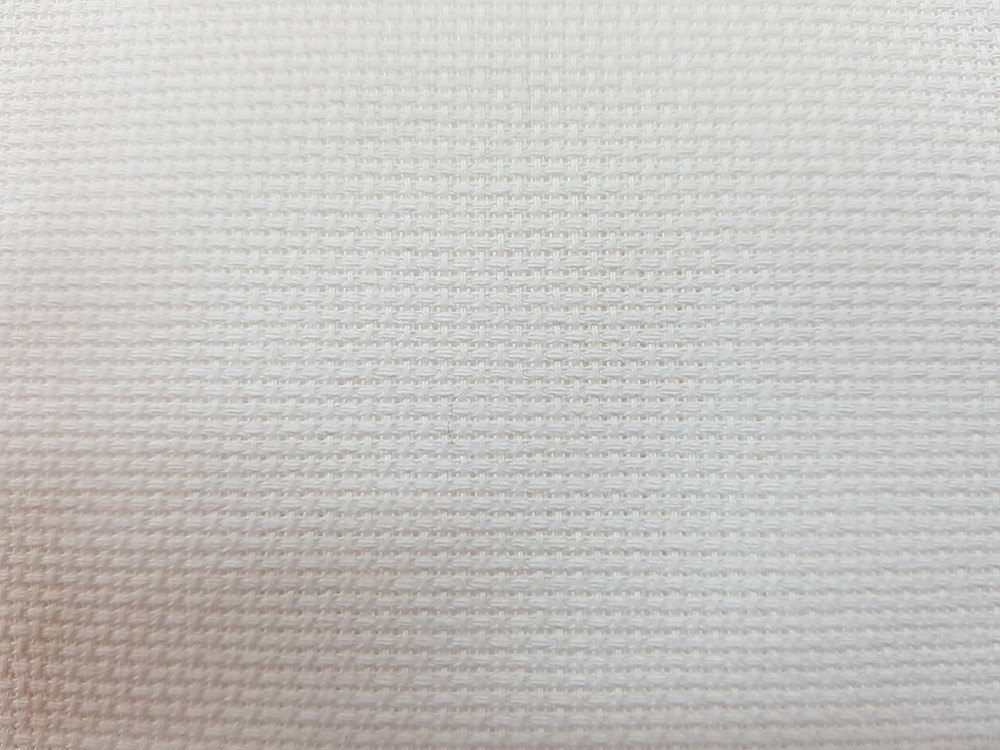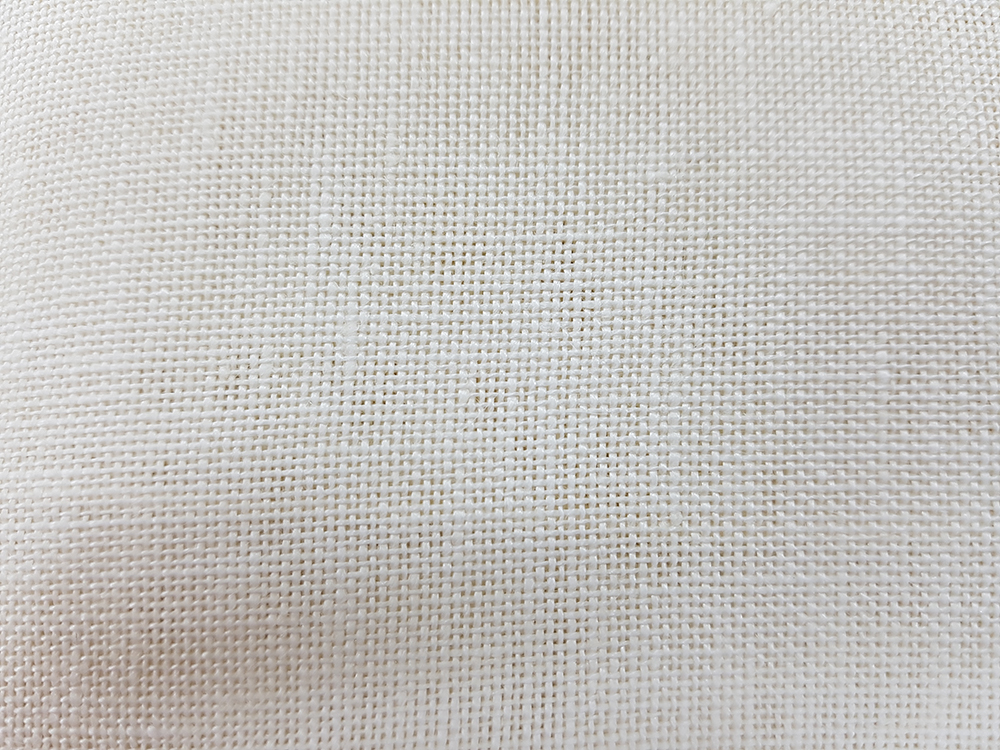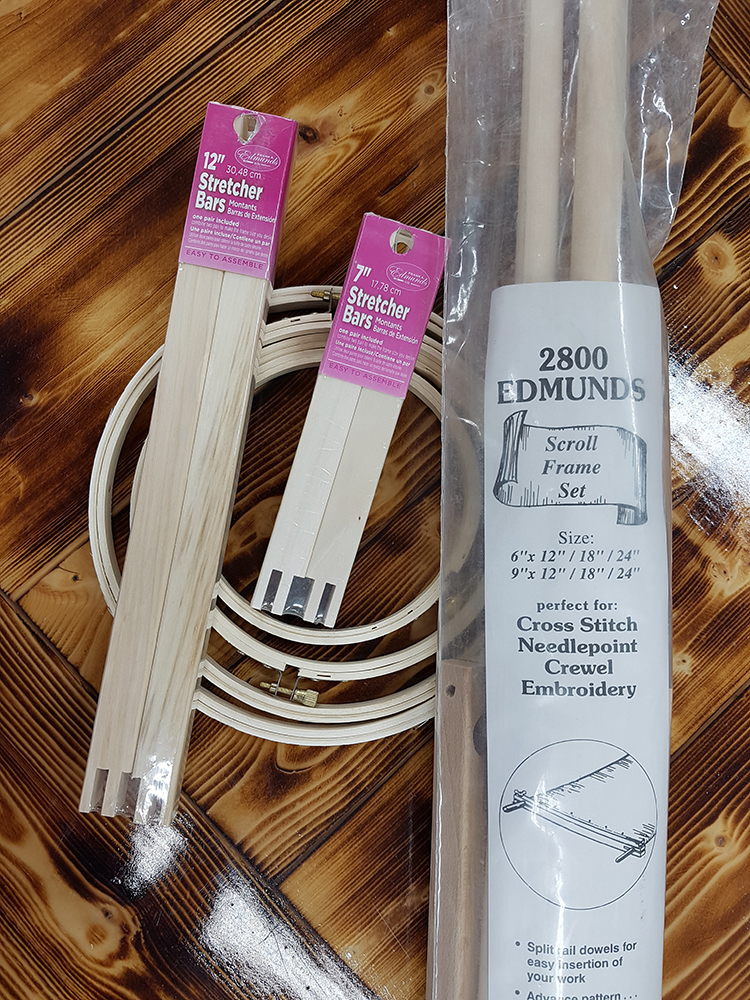Things have been picking up in the sewing department of the store and I had to think about how to approach this week of sock knitting in a way that didn’t pull the rug out from under me. After looking through my bin of leftover sock yarn it occurred to me that this would be a great time to use up a bunch of those leftovers. There wasn’t enough of anything to make full sized socks, but ankle socks… yeah. I figured I could do that. So needless to say, I spent my week playing yarn chicken.
Yarn Chicken! I assume most everyone knows what this is. If you don’t, then let me clarify.
It references the game of chicken that is played in cars. Understand that I do not in any way recommend playing this game with a car. The idea is that two drivers drive their cars toward each other as if to have a head on collision. The first one to turn away loses. If you are into 80’s movies, think Footloose, where they played it with tractors. So that’s the reference. Clearly, when you have some yarn and you think it’s enough for your project but you aren’t sure… you begin a round of Yarn Chicken. (Epecially when the yarn is discontinued and you can’t get any more.) You get within sight of the end and you watch each meter of yarn disappear into your project and you pray that you’ll get to the last stitch before you run out. That was my week!
I still had one chart from the previous week that I wanted to work up. I started the week by finishing that. The big take away from that project was that it’s exceedingly helpful to make sure that in the very first round that you have purl stitches, to immediately reform those stitches, especially when you have a round or two after the hung hem before the pattern begins. It’s so tricky to figure out which stitch to start your purls in. This is especially true if you wait until you’ve done over 15 rounds. Putting a stitch marker into it is all good and fine, but the stitch marker tends to get in the way. So I would definitely encourage that. Also, I found that reforming the purl stitches in a simple column is best done every eight to ten rounds. If you leave it longer, you run the risk of dropping stitches in the process. This way, it’s pretty efficient. Keep the cable to 2×2 at the most and if you want them side by side, definitely put a column or two of purls in between. This will prevent needle breakage.
Back to the leftovers.
I weighed out all my leftover balls of sock yarn. Well, not all of them, but many of them. I had one that I thought should be enough and I figured I would start with that. It weighed about 40g. I got to the toe on the second sock and ran out. I figured, “hey, it’s just socks!” and I found some other yarn that matched and finished the toe with that. It’ll still fulfill its function.
A number of the other balls had only in the neighbourhood of 30g. I gauged that by starting the cuff in a contrasting colour, if I also contrasted the heels and toes, I might just squeak by with some of the smaller balls. Even doing that, it was really close! There were literally only meters of yarn left after finishing a couple of the pairs. Then I stumbled on a ball that had been hiding from me. It was 46g so I thought I would take a chance. I managed to complete both socks. There was literally nothing left; I had exactly enough. I actually was so excited I got up and did a little happy dance!
It was interesting that the ankle socks with contrasting yarns took me longer to knit than a full sized pair in a single colour. I suppose it makes sense. You do have to take time to switch out each time you change the colour. The plain coloured ones went fairly quickly, which was nice. I really didn’t have a lot of spare time this week.
I’m very curious to play around with lace techniques.
When you knit lace by hand, you switch up whether you “knit two together” or do a “slip, slip, knit” before and after your “yarn-overs”. This affects the directions of the lines that are created in the fabric as you knit. I’m curious to play around with how to do this to get the same affects using the knitting machine. I suspect that when you double up stitches on one needle to create your yarn-over, that you might have to lift the stitch off the target needle before you place the other stitch that empties the adjacent needle. Hmmmm… I wish I would have the time to explore this fully in the coming week. With all the sewing jobs that have come in, I am going to have to be careful that I don’t burn myself out on this. So, maybe next Socktober.
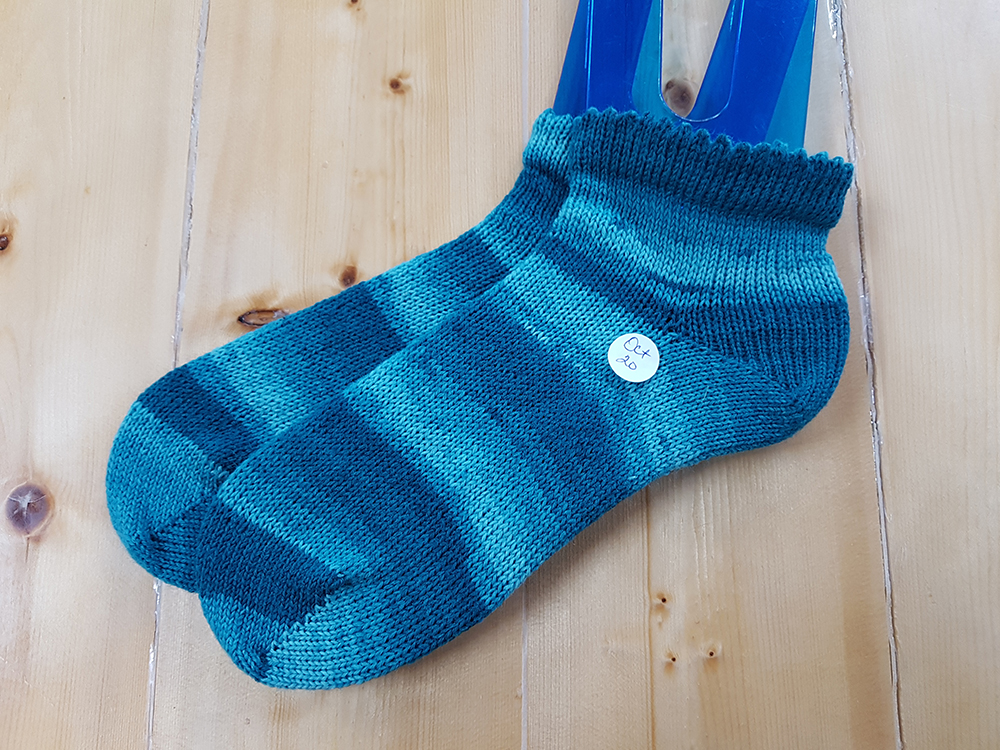
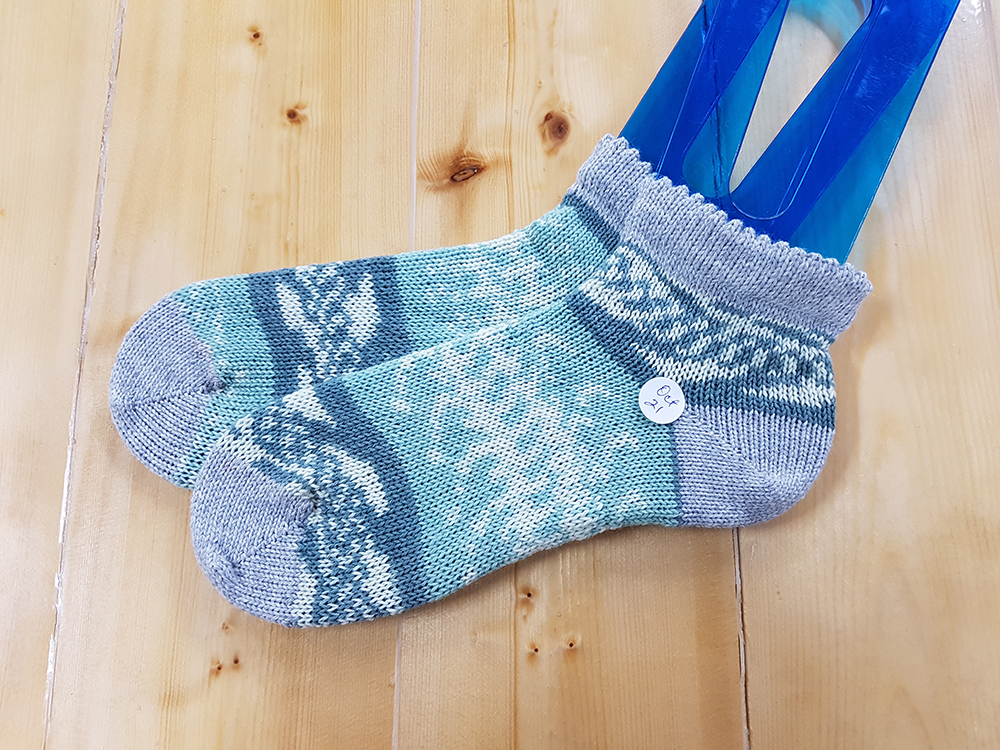
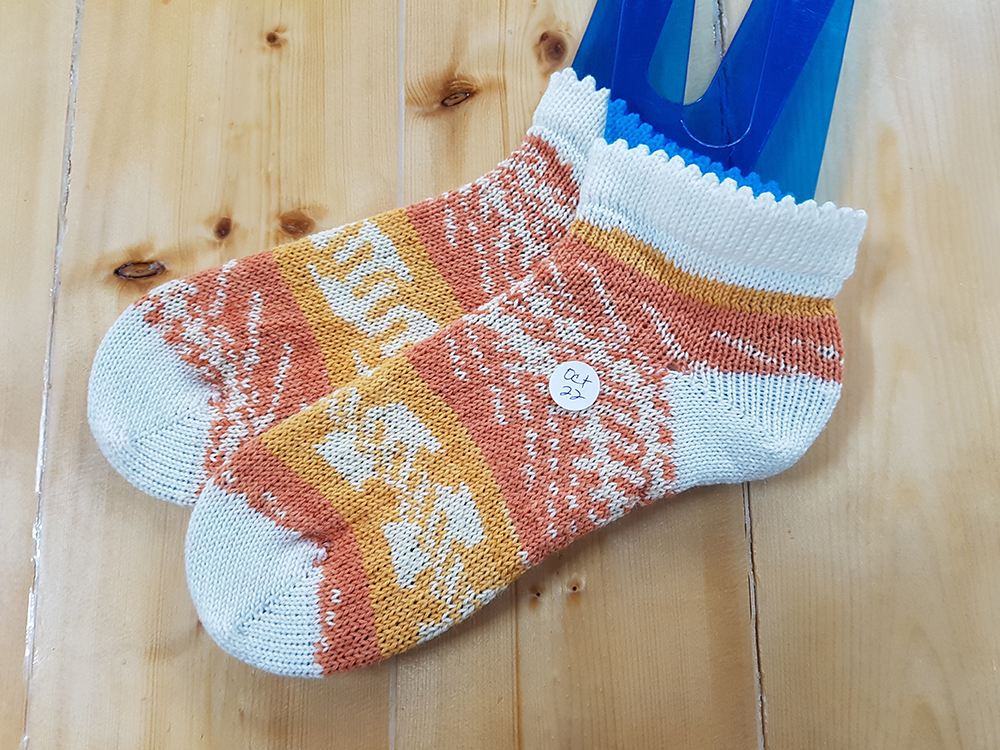
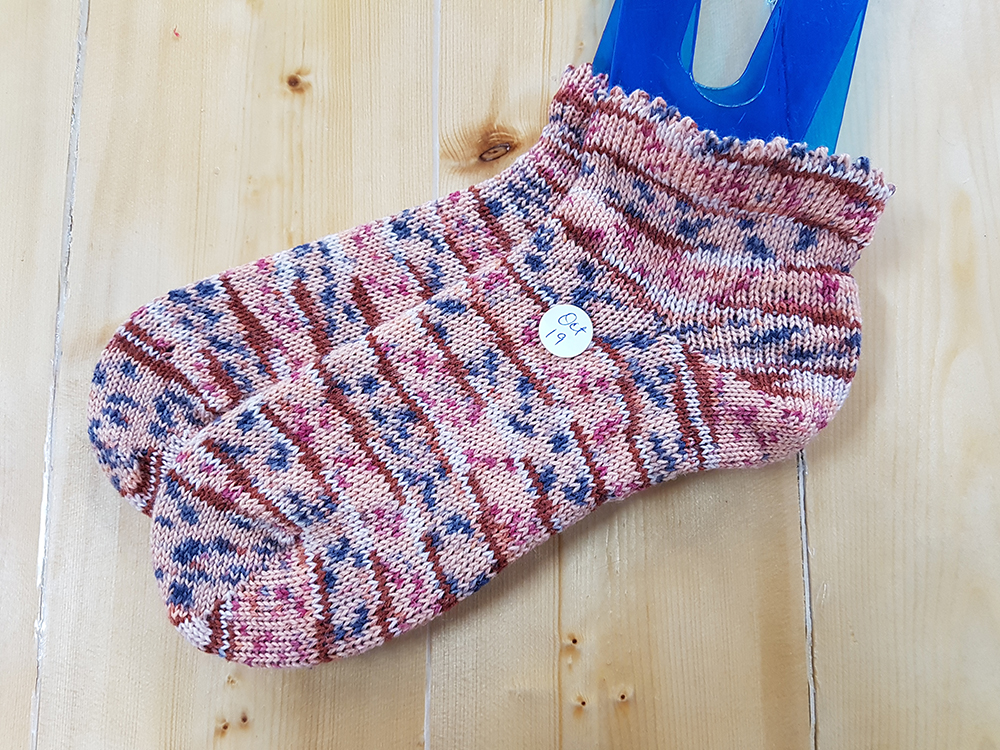
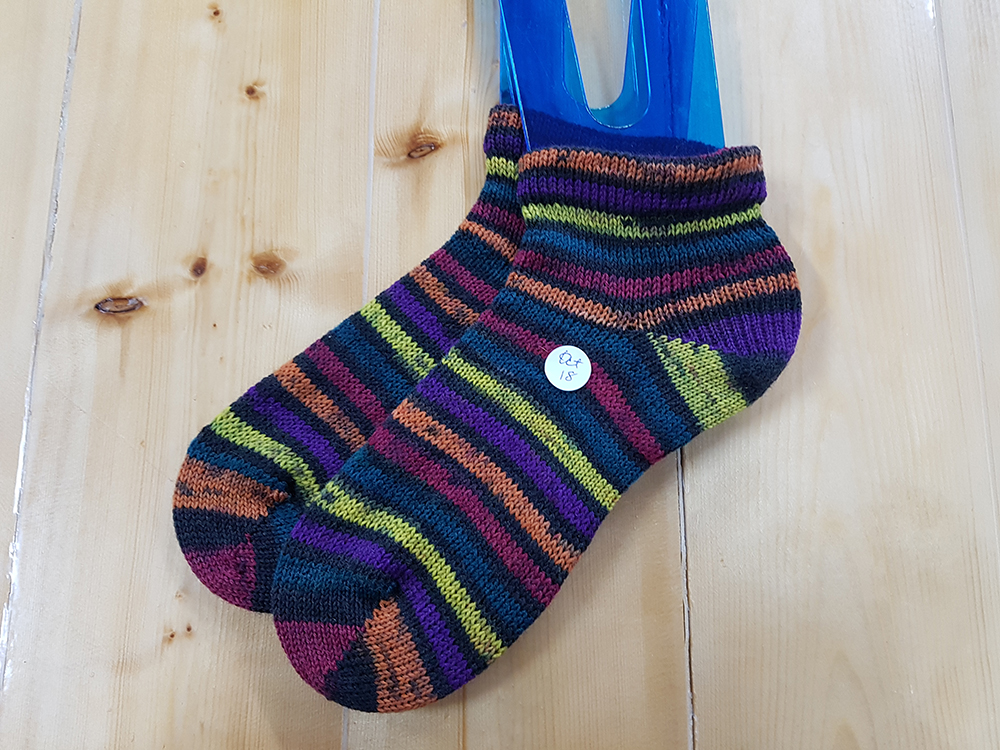
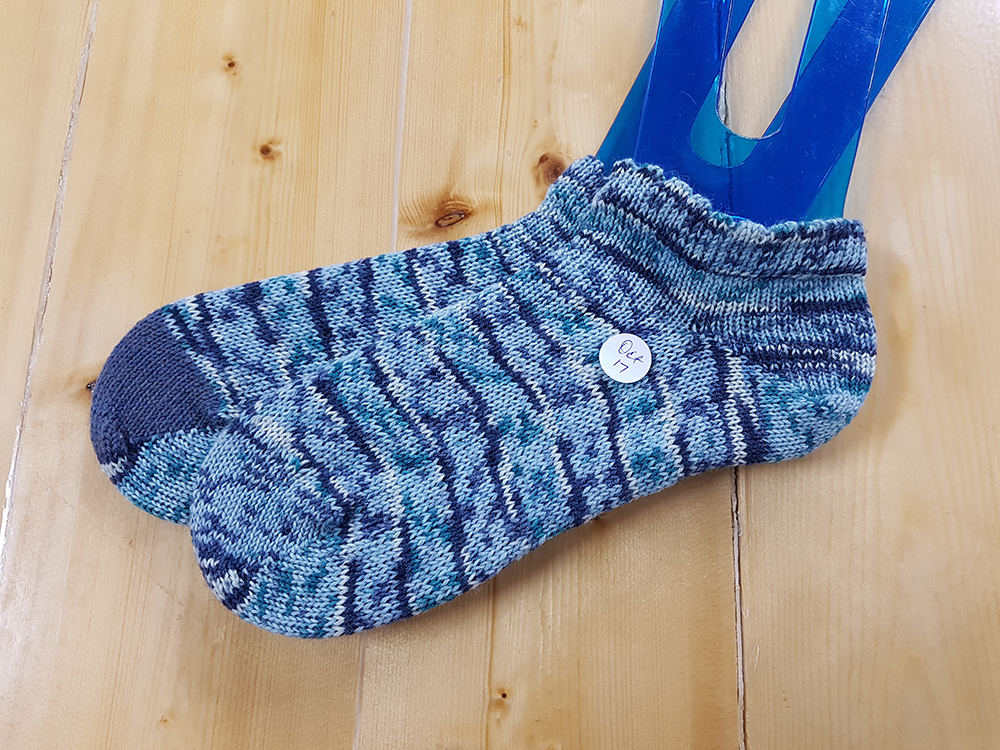
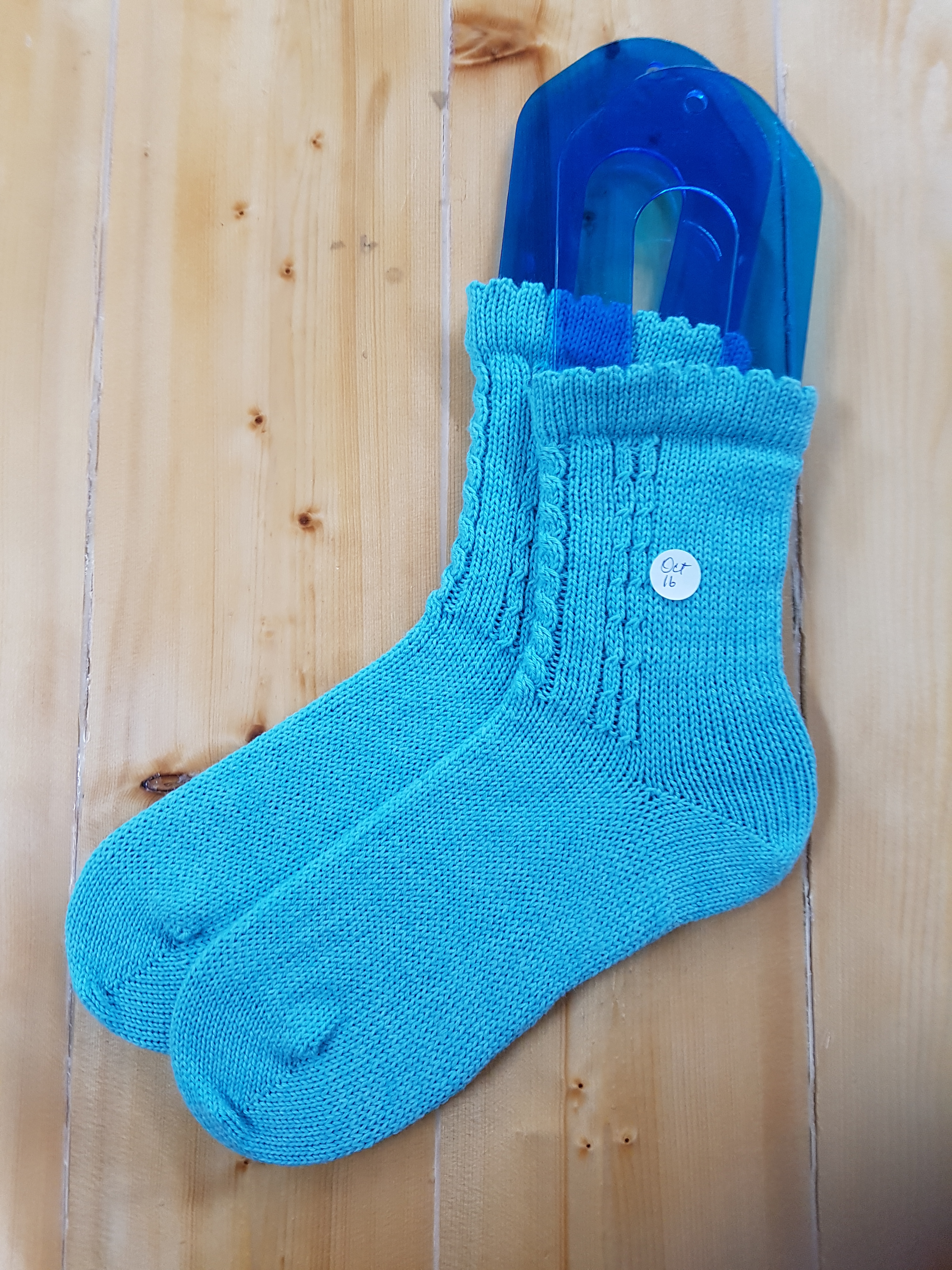
I still have a lot of leftover yarn. What with Halloween coming up, I was thinking that maybe what I could do is make what I lovingly call “Frankensocks”. What I would be inclined to do, is weigh out my leftovers, divide each ball in two equal smaller balls and then use up any yarns that look relatively good together. They might turn out to be monstrous, but it could be really fun. I also would love to be able to use up more of my leftover sock yarn. There’s a lot of it. Yeah, I think that’s what I’ll do. If I take the time to sort out the yarn all at once it should be manageable. Lace techniques are going to have to wait… sadly.
